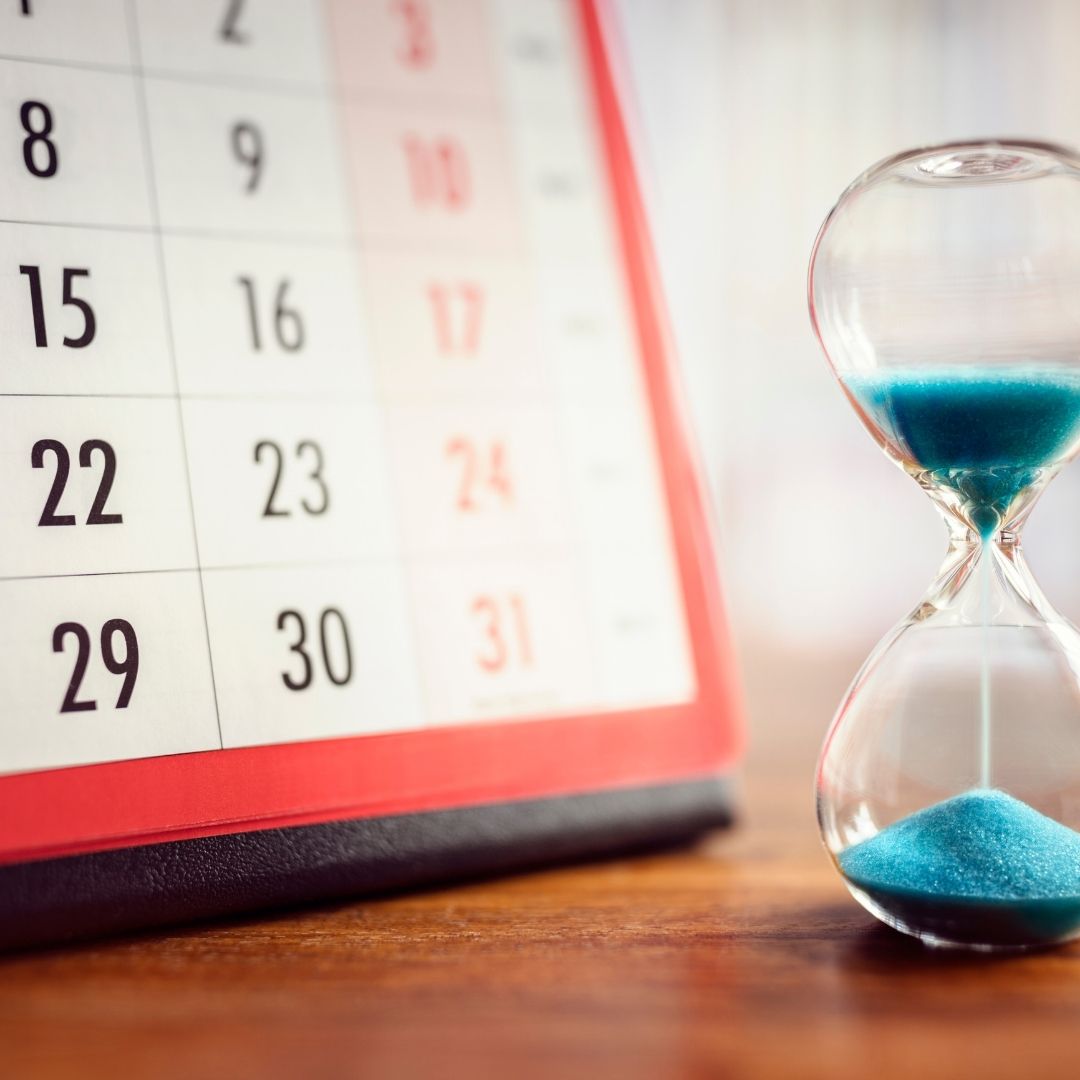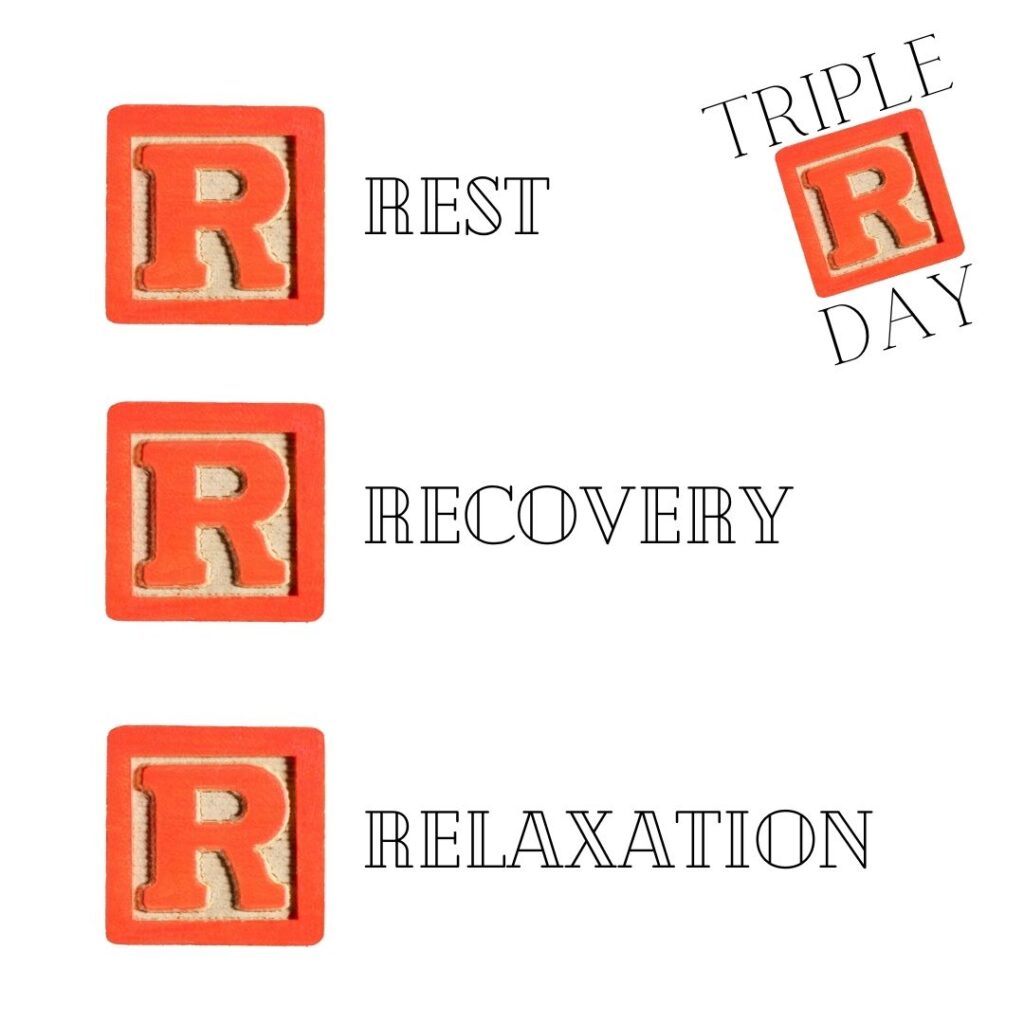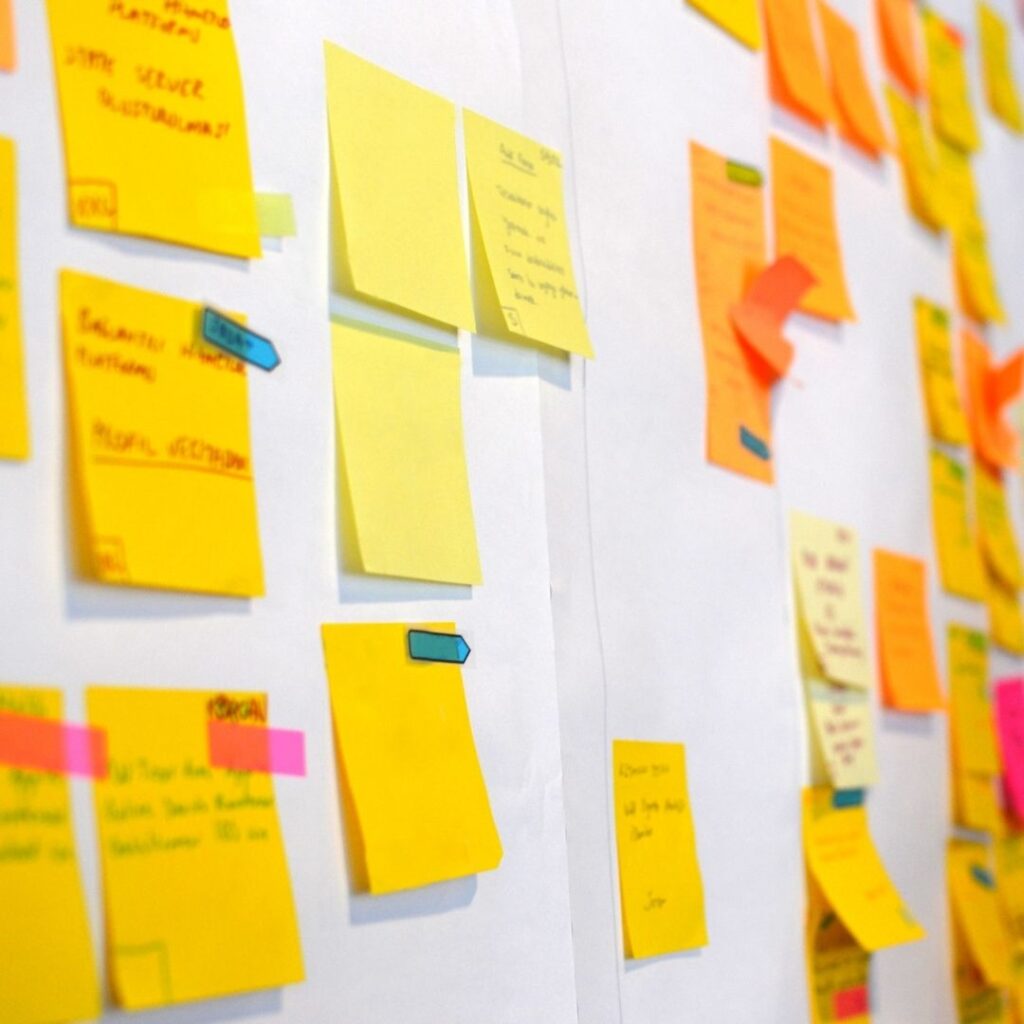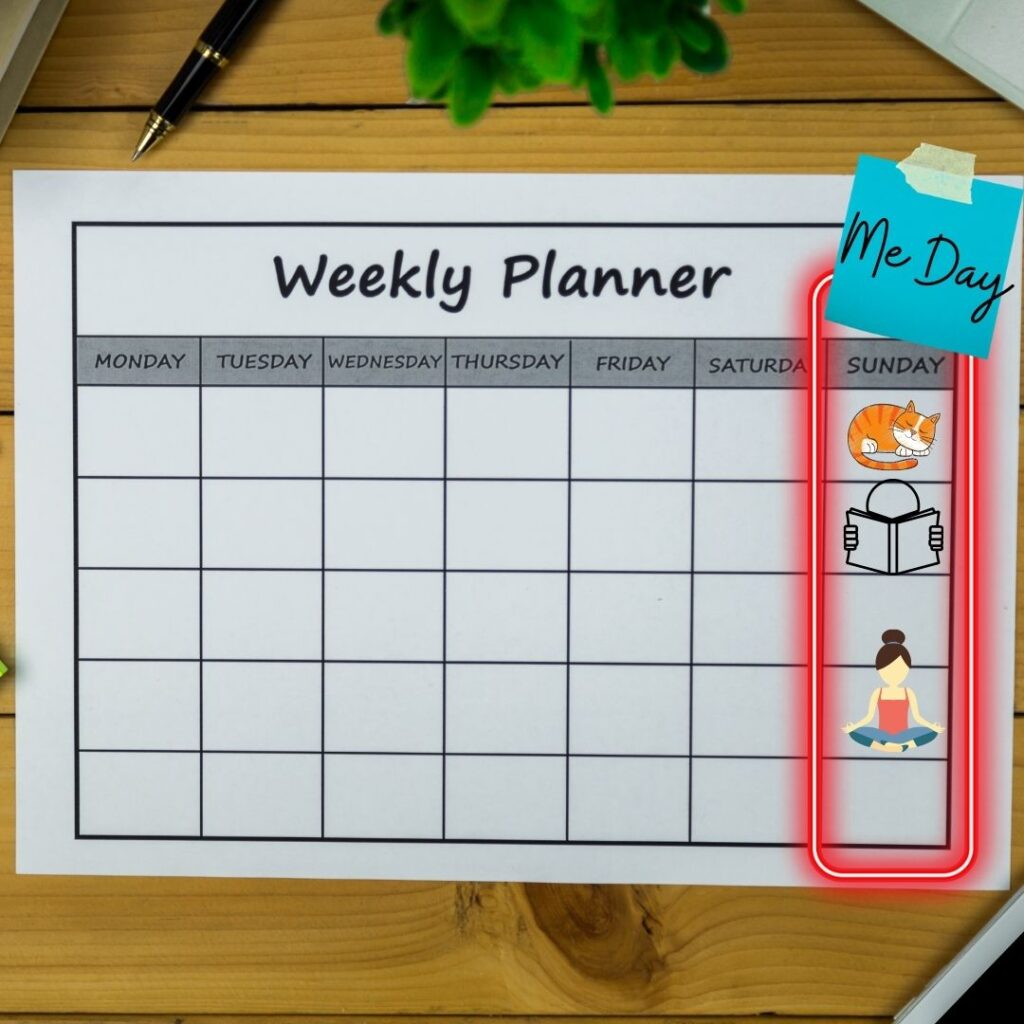Are just not getting traction on your passion project and your not sure why? You’ve got a plan but you’re often behind, and keep moving tasks week by week. You look back at the end of the month, and your project looks the same as it did last month. Months turned into quarters, quarters turn into years, years turn into five years, 10 years and on and on.

Perhaps you hear yourself saying, “I don’t get it. I’m busy. I’m focused. I’m doing the things. I’m up at 5am, 6am, 7am, hustling all the day. I feel like I’m stuck in quicksand.” Those in the know ask me to help them unravel it. In my unravelling, I’ve noticed three key reasons that keep you stuck, ensuring you’re going nowhere fast.
You’re overcommitted
It’s not that you don’t know what to do. It’s that your to do list is competing with a bunch of stuff that’s equally important. You’re balancing your volunteer work at that charity you’re passionate about supporting; mowing the lawn for your mum, which also serves as a chance to check in and say hi; making that costume for Suzy’s singing contest.

They’re all important.
They’re all on your list.
They’re all due now.
The fact is, by the time you’ve made the costume, mowed the lawn and stopped for some quality time with your mum, finished this week’s set a books for your favourite charity; there’s no time left for you. Never mind knocking off a couple of tasks for your passion project. You’re simply over committed.
the dopamine hit
Are you doing stuff that doesn’t move the needle? These are the small fill-in tasks that, while they may need to be done, they don’t necessarily need to be done by you. These tasks are the quick and easy things that feel good when you tick them off. But they don’t move you forward on the things that matter most.
There’s a place for these tasks but it’s not at the beginning of the day, or during your most productive focus blocks where they can be used as a sneaky distraction.
you’re worn out
This is the most insidious. You’re worn out or wired and tired because you’re not building in recovery time through your day, and dedicating one day a week to rest, recover and relax.

With this one, you simply don’t have the energy to bust through another task. Instead, you’re on the couch, in front of the TV, consuming sugar to get you going, or a glass of wine to bring you down. You’ve been operating off adrenaline for so long, because you haven’t replenished the well, that you don’t notice that you’re tired. You think this is normal, or it’s just the way you are built. It’s not normal.
You start making more and more poor food choices in an effort to buy some instant energy. But it’s a downward spiral. Low nutrient foods, gut dysfunction, limited movement, no recovery practices. These all limit your ability to build up your energy reservoir. And when combined, the cumulative effect, is even more significant.
How do you get back on track to delivering on what matters most?
Over committed?
Stop and take stock. Create three phrases which clearly communicate, “I’m sorry, I can’t take that on right now”. Here’s the most important part – practice saying them so you get comfortable saying them. Use them and stick to it. This reduces what’s coming into your ‘to do’ funnel.
Now grab some sticky notes. On each one, write out one task you need to do. If you’re an over committer or a habitual over-deliverer, this is going to be a big pile.

Now create a chart that has three columns.
You can use a whiteboard, your wall, a window, some butchers paper, or a flip chart.
Create three column headings. These headings are called:
- stop (this one is self explanatory)
- reassign, and
- mine
Reassign can be a new way of doing something that’s even more efficient. For example, take your weekly grocery shop online and save your favourite items so it just recreates the order week by week. With changing up the way we do something, there’s always a second step of who will actually do it.
Another reassign option is outsourcing. Your handover could be not only where you explain how to do it, but you could be recording your explanation so you’ve got a standard operating process forever more. There’s an upfront output in terms of finding someone, showing them what to do, and establishing KPIs. But after that, it’s off your to do list. Reassigned can also be delegating, or asking for help. Asking for help is the new superpower.
And the column called mine? Well, those are the things that you really are best placed to do. And for those of you who still have a long “mine” column, I use a framework with my clients to help illuminate those tasks that you really are best placed to do. And we come up with a plan on what to do with the rest.
Stuck on dopamine?
For those of you who delight in taking care of the small things, you’re my dopamine seekers. Research shows your brain releases a neurotransmitter called dopamine whenever you complete something. Dopamine gives you that feel good factor. We also get it when we’re swiping on our phones, by the way.
There’s a place for these dopamine hits, just not during your most focused hours. I was introduced to the concept of a keystone action by Brian Moran of the 12 week year. A keystone action is that one action that’s going to yield the biggest leap forward in your project.
So for example, if your project is to release weight. There’s a bunch of stuff you can do, such as eating something green at every meal, lifting weights three times a week, running five times a week, etc.
Now of all those actions, there’s going to be one thing, which will make the others fall into place. So for me, if I do a weight workout three times a week, I automatically want to eat better, and drink more water. So lifting weights three times a week is my Keystone action. So for your project, choose your Keystone action, and do that before you do anything else.

Remember those small, easy to complete tasks?
If they’re in your “mine” column, bundle them together, and do them in a 30 minute segment after each focus block.
It gives your mind some light relief at the end of an intense thinking burst. And it’s a natural way to get a pick me up too.
Recovery
Start by building recovery blocks into your day, every day. Your recovery block can be as short as 30 seconds with a deep breathing exercise. It can be 10 minutes at the end of your 50 minutes of focused work.
Use that 10-minute block to do a 5×2. A 5×2 is where you do two minutes each a squats, star jumps, running on the spot, back to star jumps, and finish with squats. Or it can be a stretch, yoga or Pilates sequence or even a walk around the garden.

The other part of recovery is one whole day each week, dedicated to rest, relaxation and recovery. Click here for my recent article on the miracle of weekly restoration.
To go deeper into how to build rest, relaxaton and recovery into your day, check out my online programme on how to triple your energy.
Not making progress on your passion project is not always about being distracted, or uncertain, or not having your act together. It can be your body’s way of signalling the importance of taking care of the fundamentals.

